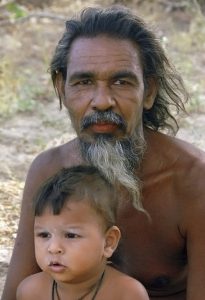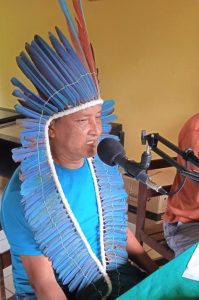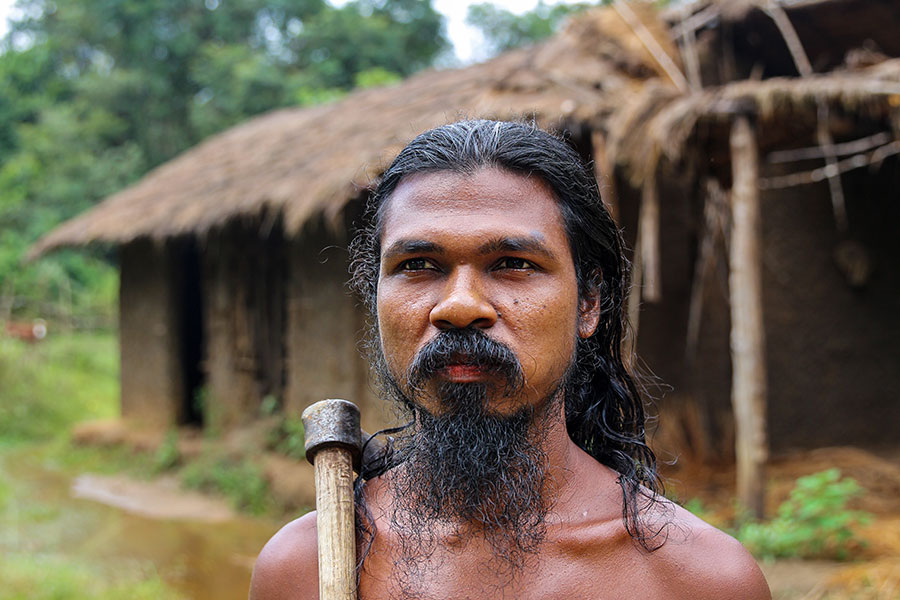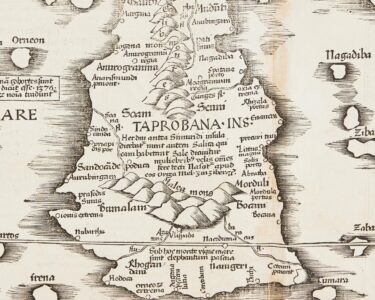Veddah Community Calls for Radio Station to Preserve Endangered Language
As the echoes of World Language Day fade, concerns about the fate of endangered languages like Veddah, spoken by the indigenous community of Sri Lanka, remain pressing. With roughly 40% of the world’s languages facing extinction, communities are taking action to preserve their linguistic heritage. In Sri Lanka, cultural activists are advocating for a community radio station dedicated to the Veddah language, aiming to revitalize and empower the Veddah community.

Currently, the renamed Dambana Radio, previously known as Girandurukotte Community Radio, serves the region but broadcasts solely in Sinhala. This leaves the Veddah community, with its unique language and cultural tapestry, voiceless on the airwaves.
“We envision a community radio set up and operated by the Veddah community itself, with editorial independence,” stated a representative of the cultural activists group speaking to Lanka News Line. “This will provide a platform for our language, stories, and voices to be heard, fostering intergenerational transmission and cultural pride.”
Globally, community radio stations have proven successful in nurturing indigenous languages. Examples like Radio Barngarla in Australia, CHCX 106.1 FM in Canada, and Radio Sutatenza in Colombia showcase the power of radio in language revitalization efforts. These stations provide educational programs, music, and news in their target languages, fostering cultural identity and engaging younger generations.

Veddah, a creole language with ancient roots, holds unique vocabulary and grammatical structures distinct from Sinhala. Systematic studies have identified archaic Sinhalese terms alongside original Veddah words, reflecting the community’s rich history and cultural exchange. However, globalization and dominant languages pose a threat to its survival.
The proposed Veddah community radio station stands as a beacon of hope in this fight for cultural preservation. By amplifying Veddah voices and showcasing their language, it can bridge the gap between generations, educate the public, and contribute to the global effort to safeguard linguistic diversity.







